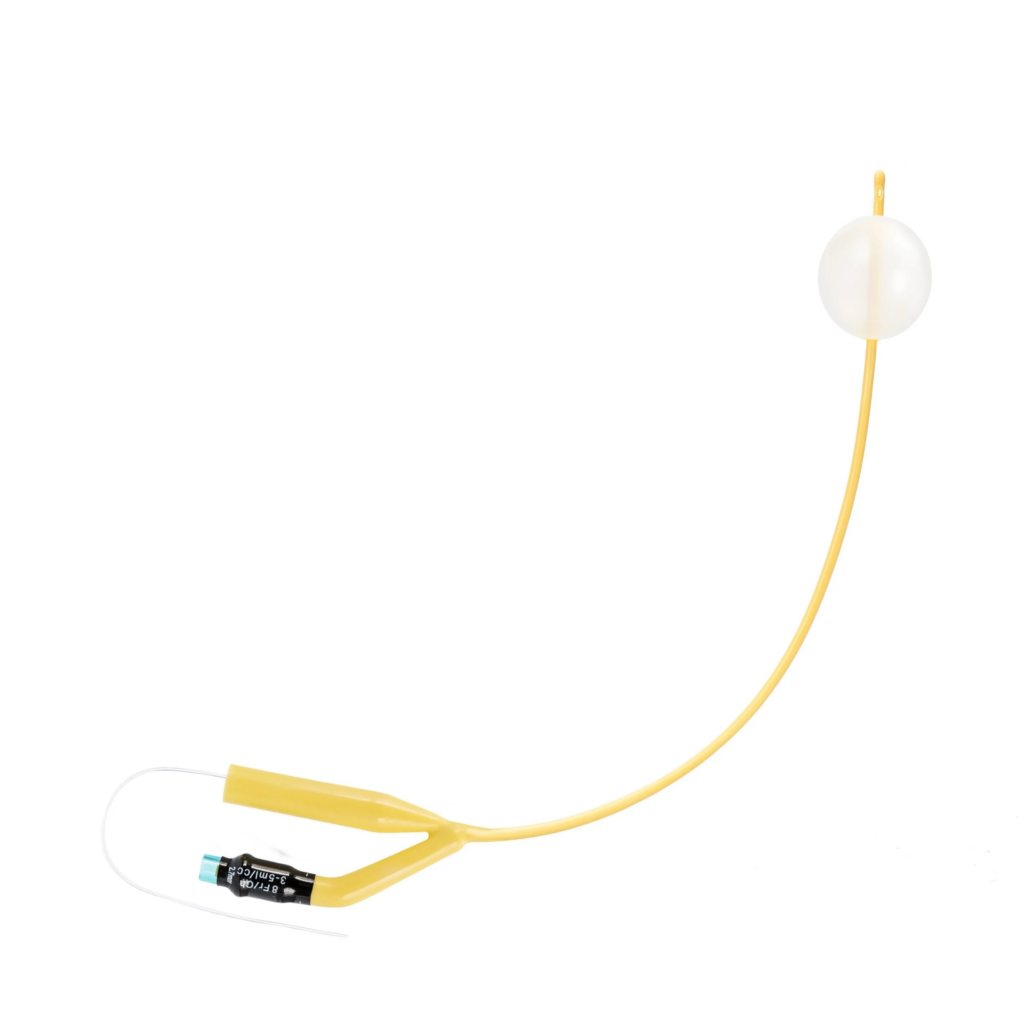At Wellead Medical, we understand the importance of providing healthcare professionals and patients with reliable and safe medical devices. When it comes to foley catheters, one of the primary considerations is the material they are made of. Foley catheters can be composed of either latex or silicone, and each material offers distinct advantages.
Latex foley catheters have been widely used in healthcare settings for many years. They are made from natural rubber latex, which provides flexibility and durability. The pliable nature of latex allows for easy insertion and removal, enhancing patient comfort during catheterization procedures. Additionally, latex foley catheters are cost-effective, making them a popular choice for short-term applications. They are available in various sizes, color-coded for easy identification, and compatible with 3-way systems.

Latex Foley Catheter – Traditional Material
Our latex Foley catheters are made of high-quality latex, a material that has been widely used in medical devices for many years. Latex offers flexibility and durability, making it suitable for long-term catheterization. The color coding feature allows for easy identification of different sizes, ensuring accurate usage. Additionally, our latex catheters are sterilized with ethylene oxide (EO), ensuring a high level of cleanliness and safety.
Silicone-Coated Foley Catheter – Enhanced Comfort and Safety
Wellead Medical also offers Foley catheters with a silicone coating. This coating provides a smooth and slippery surface, reducing friction during insertion and removal, and enhancing patient comfort. Silicone is also known to be more resistant to encrustation and blockage, making it an excellent choice for patients prone to such complications. Our silicone-coated catheters are sterilized by EO, ensuring a sterile and safe product for single-use only.
Latex vs Silicone – Considerations for Allergy and Sensitivity
One of the significant differences between latex and silicone Foley catheters lies in the potential for allergic reactions or sensitivities. Some individuals may have latex allergies, making the use of latex catheters unsuitable for them. In such cases, our silicone-coated Foley catheters offer a latex-free option, minimizing the risk of adverse reactions. It is essential to consider these factors when selecting the most suitable catheter for each patient’s unique needs.
Conclusion
When comparing foley catheter latex vs silicone, Wellead Medical offers options that cater to different preferences and requirements. Our latex catheters provide flexibility, durability, and color coding for accurate size identification. On the other hand, our silicone-coated catheters offer enhanced comfort, resistance to encrustation, and a latex-free alternative for individuals with latex allergies or sensitivities. Trust Wellead Medical for high-quality Foley catheters that prioritize patient safety, comfort, and overall well-being.

